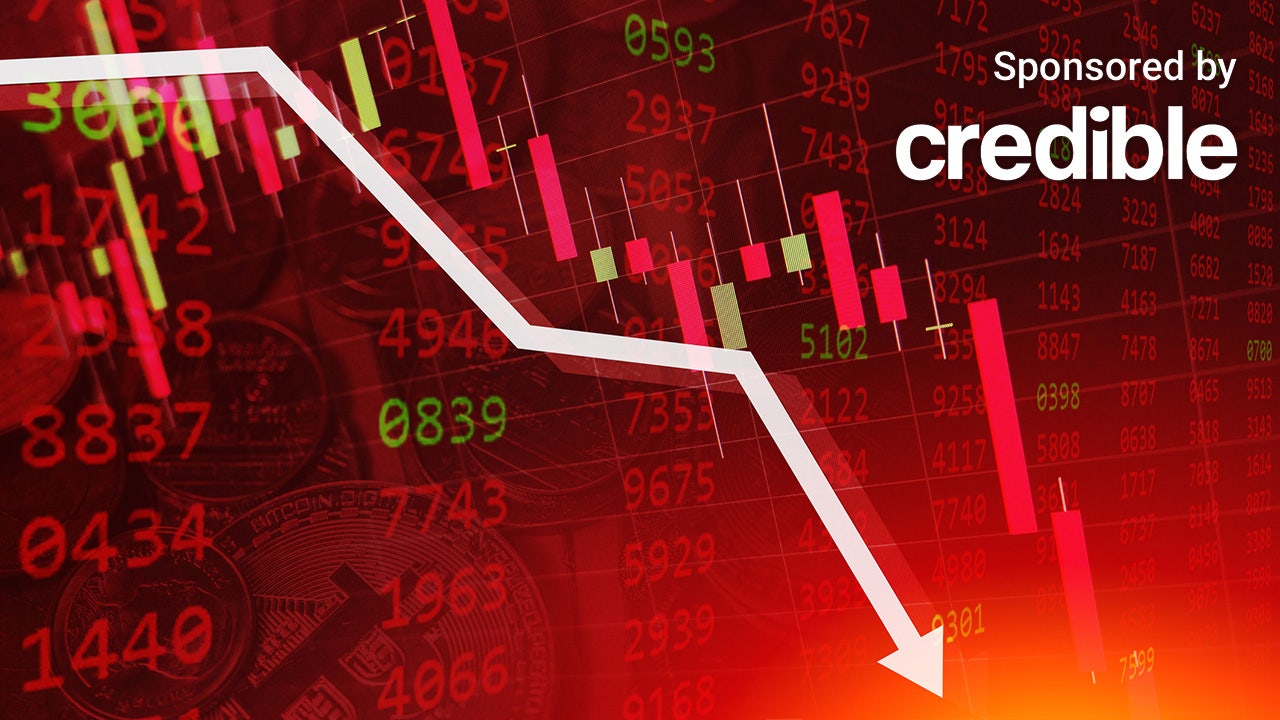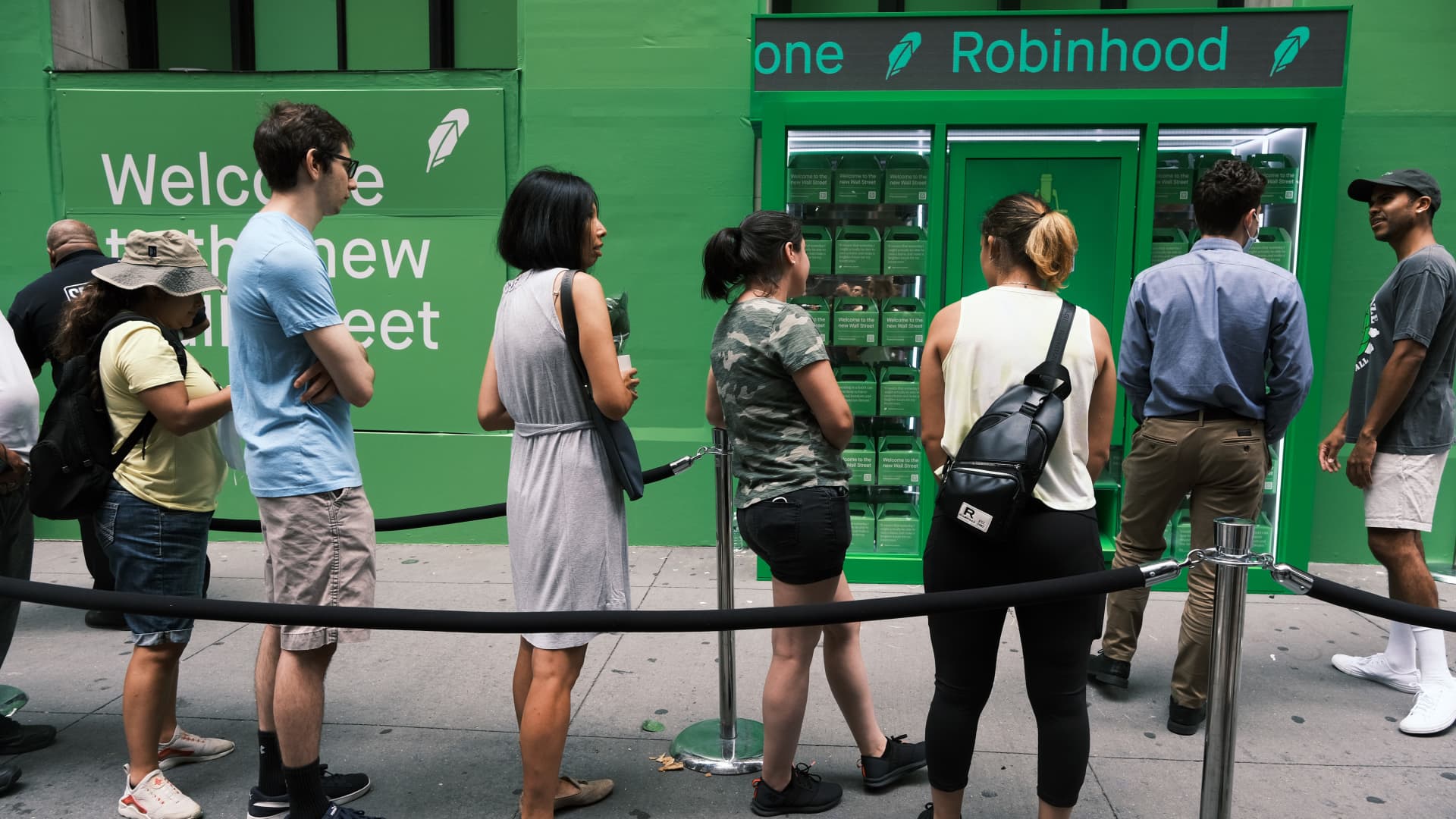The Dow Jones dropped by over 1,000 points on Monday and has been struggling since. (iStock )
A surprising jobs report released last week paired with a volatile Japanese market led to a massive selloff during Monday’s trading day, with both the Dow Jones and the S&P seeing their worst sessions since 2022.
In the Bureau of Labor Statistics’ most recent employment report, only 114,000 jobs were added, down substantially from the previous month when 206,000 jobs were added. This sudden slowdown in employment has led to mounting concerns about an economic recession. The selloff, largely set off by the report, has some uncomfortable similarities to market crashes like the 1987 Black Monday stock market crash and the financial crisis of 2008.
Along with fewer jobs added, the unemployment rate shot up to 4.3% in July, adding to the mounting fears that ultimately led to Monday’s troubles. The Dow dropped by more than 1,000 points, or 2.6%, while the S&P 500 slid 3%.
On Tuesday, stocks recovered slightly as recession fears lessened and Japanese equities rallied. The Dow Jones rose by just over 294 points and the S&P 500 rose 1.04%. This ended the three-day stretch of market losses. Global markets also recovered as Japanese stocks rebounded, with the Nikkei 225 seeing its best day since October 2008, jumping 10.2%. On Monday, the Nikkei dropped by 12.4%.
Wednesday ended the gains the market made the day before, with the Dow falling 234 points by the end of the day. The S&P 500 also dropped again by 0.8%.
Struggling with debt and afraid of a potential recession? Take care of your debt now by consolidating it into a low interest loan. Visiting Credible can help you compare debt consolidation options to find the best personal loan rates for you, based on your credit score and credit history.
INFLATION IS WHY MANY AMERICANS PLAN TO DELAY RETIREMENT: SURVEY
A turbulent market may be good for interest rate cuts
Despite a rough week for the stock market, the jobs report has effectively assured the rate cuts expected in September will happen, Melissa Cohn, William Raveis Mortgage regional vice president, said in a statement.
Consumers have been waiting for these rate cuts to start borrowing again, but they should only expect a small initial cut. Should the Fed cut rates multiple times through the end of the year, then consumers may see more substantial movement in interest rates.
“People also need to remember that mortgage rates aren’t going to change based on a Fed cut,” Cohn said. “Your home equity rate will drop. Your student loans, car loans, all those rates will drop every time the Fed cuts rates, but mortgage rates are tied to the bond market, and the bond market is more affiliated with the rate of inflation and bad economic data than it is to the Fed funds rate.”
If you’re looking to purchase a home, consider visiting Credible to find the best mortgage rate for your financial situation.
MORTGAGE PAYMENTS SOAR FOR PROSPECTIVE HOMEOWNERS IN SWING STATES: REALTOR.COM
Economists can’t decide whether the US is headed toward recession
This week’s ebb and flow of the market created a complicated look at where the economy may be heading. Economists have differing opinions on whether this means the U.S. is catapulting toward a recession.
The unemployment rate rising to 4.3% triggered an economic rule known as the Sahm rule, which is an indicator of a recession. The rule states that a sudden increase by 0.5 percentage points in the unemployment rate within a 12-month period typically indicates a recession is coming.
However, despite this indicator, it’s “very doubtful” that a recession has started, Adam Schickling, a Vanguard senior economist said. There are conflicting reports that have led Schickling to make this statement.
“A significant and persistent deviation between the household and establishment surveys has created a unique paradox of the unemployment rate rising 60 basis points since July 2023 even as job creation in the establishment survey has more than offset an increase in the labor force,” Schickling explained.
Fears of a recession may simply be an overreaction to a bad week for the market and a month of weak employment, according to some economists. Still, a continued cooldown of the employment market could signal a cause for concern.
Get ahead of your debt by consolidating it into a personal loan with a lower interest rate. You can also plug in some simple information into Credible’s free online tool to determine if a debt consolidation loan is your best option.
AMERICANS AGREE THAT SOMETHING MUST BE DONE TO SAVE SOCIAL SECURITY: SURVEY
Have a finance-related question, but don’t know who to ask? Email The Credible Money Expert at [email protected] and your question might be answered by Credible in our Money Expert column.

 Blog Post1 week ago
Blog Post1 week ago
 Economics1 week ago
Economics1 week ago
 Finance1 week ago
Finance1 week ago
 Personal Finance1 week ago
Personal Finance1 week ago
 Accounting1 week ago
Accounting1 week ago
 Personal Finance7 days ago
Personal Finance7 days ago
 Personal Finance1 week ago
Personal Finance1 week ago
 Personal Finance1 week ago
Personal Finance1 week ago











